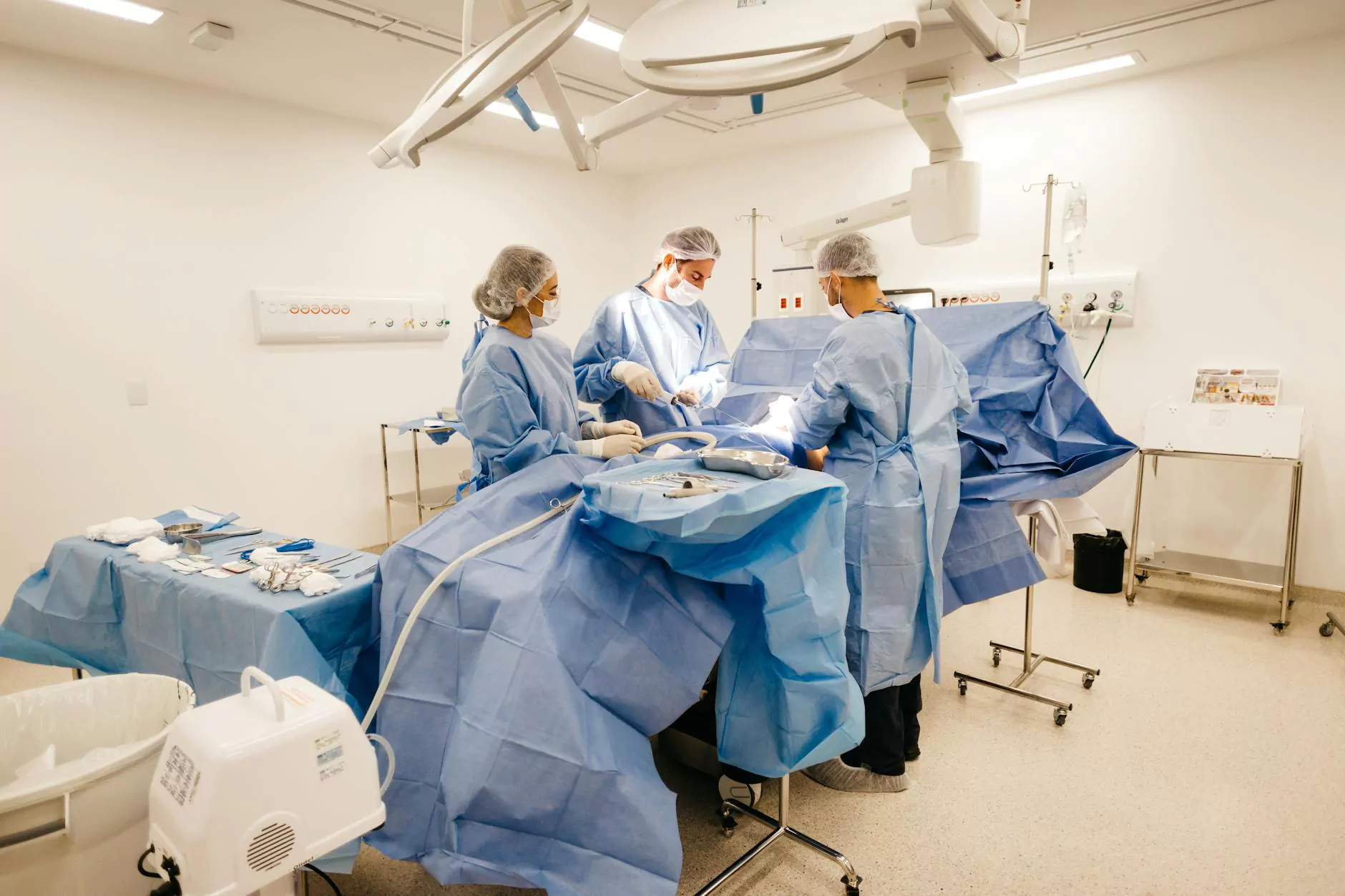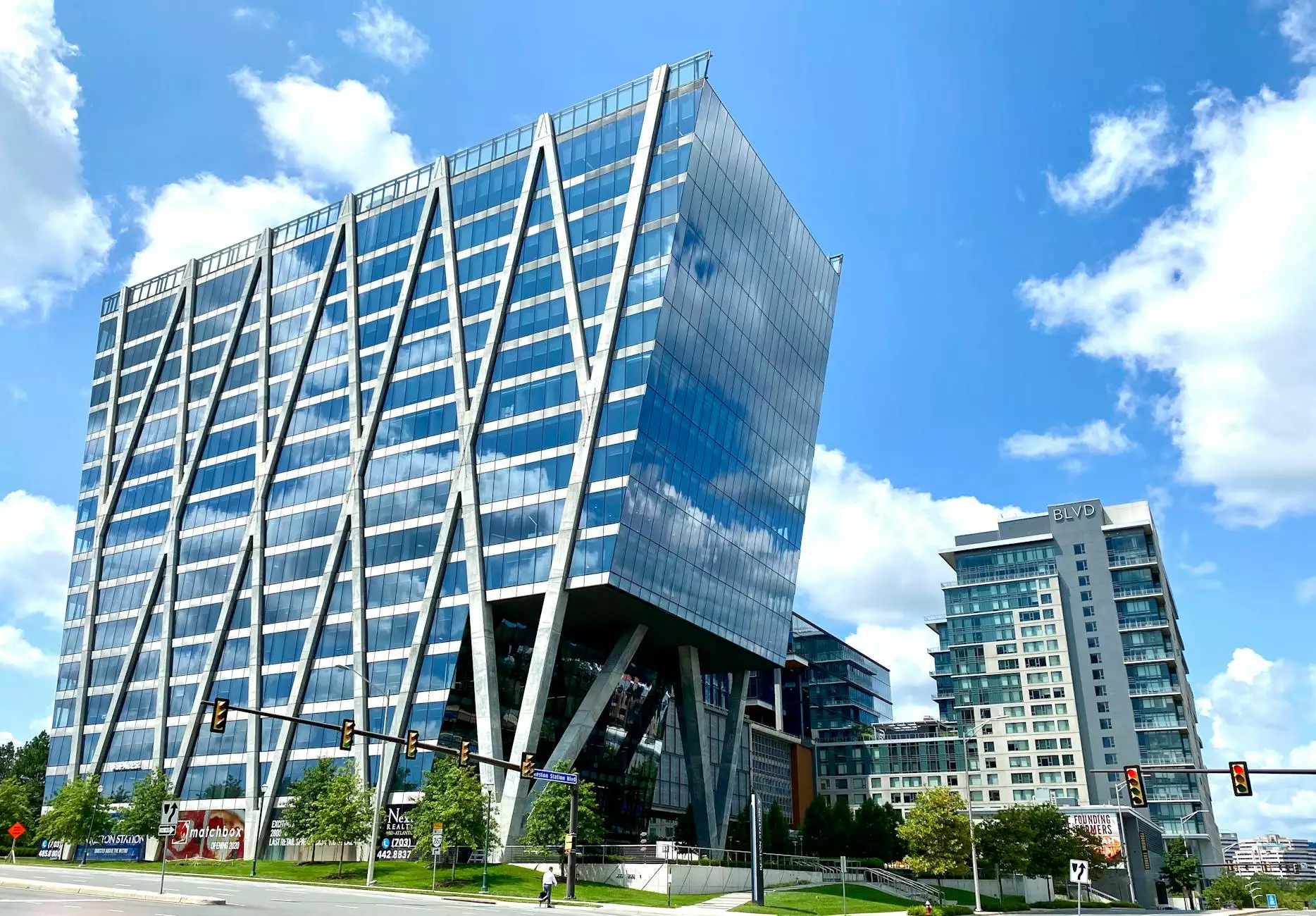Understanding Risk Reducing Bilateral Salpingo Oophorectomy

Risk reducing bilateral salpingo oophorectomy (RRBSO) is an essential procedure that significantly impacts women's health, especially for those at increased risk of ovarian and breast cancer. This article delves into the intricacies of this surgical option, its indications, process, and the profound benefits it brings to women facing genetic predispositions.
What is Risk Reducing Bilateral Salpingo Oophorectomy?
Risk reducing bilateral salpingo oophorectomy involves the surgical removal of both ovaries (oophorectomy) and the fallopian tubes (salpingectomy) to minimize the risk of developing breast and ovarian cancers. This procedure is primarily recommended for women who carry genetic mutations, such as BRCA1 and BRCA2, which are linked to higher cancer risks.
Why Choose RRBSO?
The decision to undergo a risk-reducing strategy like RRBSO is often multifaceted. Here are several reasons why women may opt for this procedure:
- Genetic Predisposition: Women with a family history of breast or ovarian cancer may carry genetic mutations that significantly elevate their risk.
- Preventative Health: The primary goal of RRBSO is to reduce the risk of developing cancer, making it a proactive choice for many.
- Age Considerations: For women approaching menopause or who have completed childbearing, the benefits of undergoing this procedure may outweigh the risks.
- Psychological Peace of Mind: Many women experience anxiety related to cancer risk, and undergoing RRBSO can alleviate this concern by drastically lowering their cancer risk.
The Procedure: What to Expect
Understanding the step-by-step process of risk reducing bilateral salpingo oophorectomy is essential for prospective patients. Here's what you can expect:
Preoperative Consultation
Before the procedure, patients will meet with their healthcare provider to discuss their medical history, risks, and benefits of the surgery. This consultation may involve:
- An overview of personal and family health history.
- Genetic counseling for those who have not yet been tested.
- Discussion of surgical options, including minimally invasive methods.
Surgeon's Approach
RRBSO is typically performed using minimally invasive techniques, such as laparoscopic surgery, which includes:
- Small incisions in the abdomen.
- Utilization of a camera and specialized surgical instruments.
- Reduced recovery time compared to open surgery.
Anesthesia and the Procedure
The surgery is performed under general anesthesia. The typical steps include:
- Administration of anesthesia to ensure comfort and pain relief during the procedure.
- Insertion of instruments through small incisions to access the ovaries and fallopian tubes.
- Careful removal of the ovaries and fallopian tubes.
- Closure of incisions once the procedure is complete.
Recovery Process
Postoperative recovery is crucial to ensure a smooth transition back to daily activities. Here are key recovery aspects to keep in mind:
- Hospital Stay: Most patients can go home the same day or the following day.
- Pain Management: Pain is typically managed with oral medications, ensuring comfort during the healing phase.
- Activity Restrictions: Patients are advised to avoid strenuous activities for several weeks.
- Follow-Up Care: Scheduled follow-up appointments are important to monitor recovery and address any concerns.
Benefits of Risk Reducing Bilateral Salpingo Oophorectomy
The benefits of a risk reducing bilateral salpingo oophorectomy are profound and multifaceted:
Significant Reduction in Cancer Risk
Studies show that women who undergo RRBSO can reduce their risk of developing ovarian cancer by up to 90%. Additionally, it can lower the risk of breast cancer, especially when performed before menopause.
Enhanced Quality of Life
Many women report improved peace of mind post-surgery, reducing anxiety associated with cancer screening and prevention.
Hormonal Changes
Premenopausal women will experience immediate menopause after the procedure. This shift may necessitate discussions about hormone replacement therapy (HRT) to alleviate menopausal symptoms and mitigate long-term health effects.
Potential Risks and Considerations
As with any surgical procedure, RRBSO carries certain risks. It’s essential for patients to be fully aware of these:
- Bleeding and Infection: As with any surgery, there is a risk of bleeding or infection.
- Hormonal Changes: Premenopausal women will enter menopause immediately; thus, understanding the implications and management of symptoms post-surgery is crucial.
- Psychological Effects: Some women may experience emotional responses related to body image and fertility concerns.
Consultation with a Specialist
If you’re contemplating a risk reducing bilateral salpingo oophorectomy, consulting with a specialist in obstetrics and gynecology is imperative. The team at drseckin.com offers expert guidance and support throughout the decision-making process and the surgical journey.
Conclusion
Risk reducing bilateral salpingo oophorectomy is a life-altering procedure for women at high risk of ovarian and breast cancer. By understanding the intricacies of the surgery, its benefits, and potential risks, women can make informed decisions that align with their health goals. Remember, knowledge is power, and being proactive about your health can lead to peace of mind and a better quality of life.
For more detailed information on risk reducing bilateral salpingo oophorectomy and personalized advice, visit drseckin.com and schedule a consultation today.









